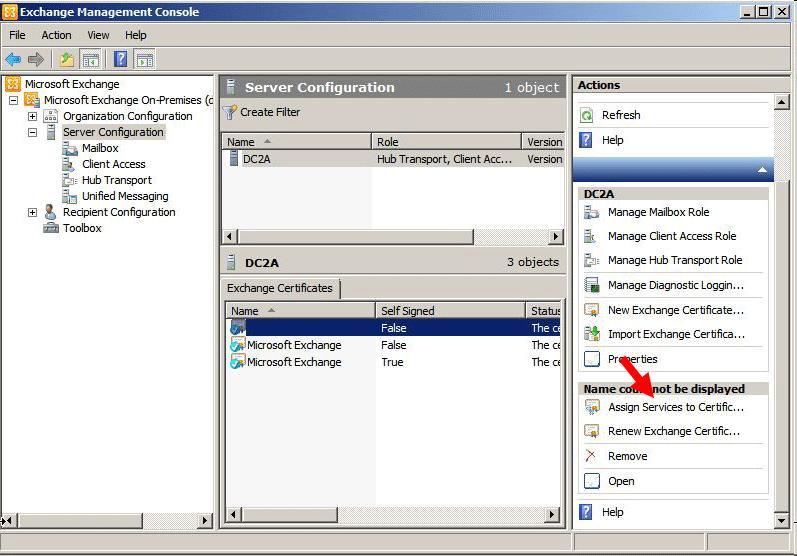

These allegations were contested and Ron and Shamir later retracted their claim. The two researchers based their suspicion on an analysis of the network of bitcoin transactions. Later in 2013 the Israeli researchers Dorit Ron and Adi Shamir pointed to Silk Road-linked Ross William Ulbricht as the possible person behind the cover.


In May 2013, Ted Nelson speculated that Japanese mathematician Shinichi Mochizuki is Satoshi Nakamoto. All three inventors explicitly denied being Satoshi Nakamoto. The patent application ( #20100042841) contained networking and encryption technologies similar to bitcoin's, and textual analysis revealed that the phrase ". computationally impractical to reverse" appeared in both the patent application and bitcoin's whitepaper. Fast Company's investigation brought up circumstantial evidence linking an encryption patent application filed by Neal King, Vladimir Oksman and Charles Bry on 15 August 2008, and the domain name which was registered 72 hours later. The New Yorker's investigation brought up at least two possible candidates: Michael Clear and Vili Lehdonvirta. Investigations into the real identity of Satoshi Nakamoto were attempted by The New Yorker and Fast Company. The possibility that Satoshi Nakamoto was a computer collective in the European financial sector has also been discussed. There has been much speculation as to the identity of Satoshi Nakamoto with suspects including Dai, Szabo, and Finney – and accompanying denials.
#Exchange 2010 software
Nakamoto was responsible for creating the majority of the official bitcoin software and was active in making modifications and posting technical information on the bitcoin forum. "Satoshi Nakamoto" is presumed to be a pseudonym for the person or people who designed the original bitcoin protocol in 2008 and launched the network in 2009. Before disappearing from any involvement in bitcoin, Nakamoto in a sense handed over the reins to developer Gavin Andresen, who then became the bitcoin lead developer at the Bitcoin Foundation, the 'anarchic' bitcoin community's closest thing to an official public face. In the early days, Nakamoto is estimated to have mined 1 million bitcoins. Other early supporters were Wei Dai, creator of bitcoin predecessor b-money, and Nick Szabo, creator of bitcoin predecessor bit gold. Finney downloaded the bitcoin software the day it was released, and received 10 bitcoins from Nakamoto in the world's first bitcoin transaction on 12 January 2009 (bloc 170). One of the first supporters, adopters, contributors to bitcoin and receiver of the first bitcoin transaction was programmer Hal Finney. The first open source bitcoin client was released on 9 January 2009, hosted at SourceForge. This note has been interpreted as both a timestamp of the genesis date and a derisive comment on the instability caused by fractional-reserve banking. The text refers to a headline in The Times published on 3 January 2009. The Times 03/Jan/2009 Chancellor on brink of second bailout for banks Embedded in the coinbase of this block was the text: On 3 January 2009, the bitcoin network came into existence with Satoshi Nakamoto mining the genesis block of bitcoin (block number 0), which had a reward of 50 bitcoins. This paper detailed methods of using a peer-to-peer network to generate what was described as "a system for electronic transactions without relying on trust". Later that year, on 31 October, a link to a paper authored by Satoshi Nakamoto titled Bitcoin: A Peer-to-Peer Electronic Cash System was posted to a cryptography mailing list. On 18 August 2008, the domain name was registered. In the bit gold proposal which proposed a collectible market-based mechanism for inflation control, Nick Szabo also investigated some additional aspects including a Byzantine fault-tolerant agreement protocol based on quorum addresses to store and transfer the chained proof-of-work solutions, which was vulnerable to Sybil attacks, though. Hal Finney developed reusable proof of work (RPOW) using hashcash as its proof of work algorithm. The first proposals for distributed digital scarcity based cryptocurrencies were Wei Dai's b-money and Nick Szabo's bit gold. The idea was independently rediscovered by Adam Back who developed hashcash, a proof-of-work scheme for spam control in 1997. The idea that solutions to computational puzzles could have some value was first proposed by cryptographers Cynthia Dwork and Moni Naor in 1992. Prior to the release of bitcoin, there were a number of digital cash technologies starting with the issuer based ecash protocols of David Chaum and Stefan Brands.


 0 kommentar(er)
0 kommentar(er)
